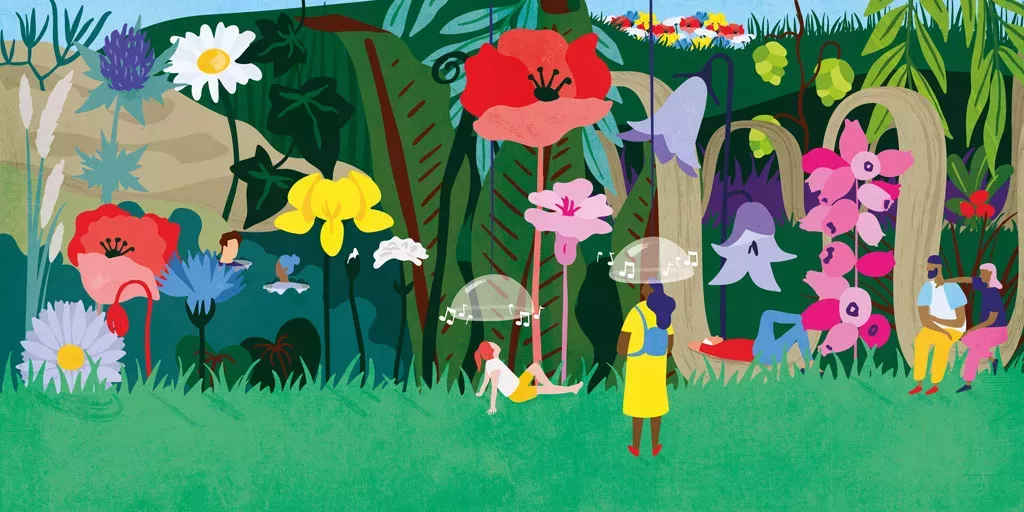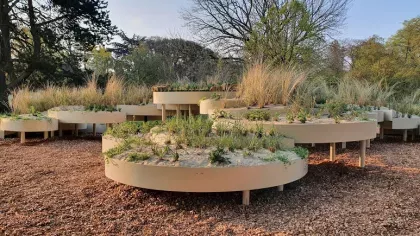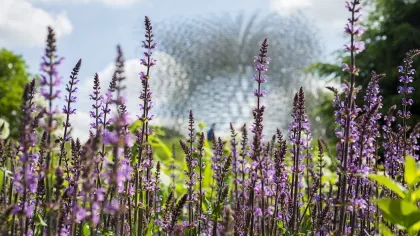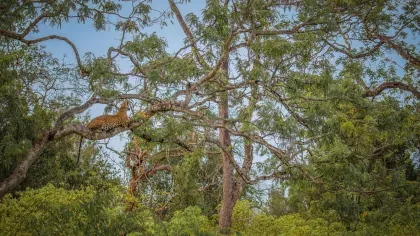14 May 2021
Britain's habitats in a nutshell
Discover the plant habitats of Britain, from meadows and hedgerows to sand dunes and woodland.

Britain has a huge diversity of habitats ready for you to explore.
Often overlooked, these habitats are home to plants we rely on in our everyday lives for food, water, oxygen, medicine, and so much more.
Planning a staycation? Britain has plenty to offer from wildflower meadows to sand dunes at the seaside.
Here we look at six of Britain’s biodiverse habitats, and how we can protect them for the future.
Meadows and marshes
Meadows and marshes are areas of low-lying grassland.
Meadows are usually flower-rich while marshes are wetlands; both dominated by grassy vegetation.
Did you know? Meadows are important carbon sinks. They store large amounts of carbon within their soils, which can help reduce the impact of global warming.
Meadows and marshes are vital habitats, enjoyed by bird watchers, wildflower enthusiasts, and tourists, and are sometimes used by sustainable livestock farmers.
Despite their value to so many, over 97% of semi-natural grasslands like meadows and marshes were lost to development in England and Wales in the 20th century.
Our national outreach programme, Grow Wild, is helping to recover the biodiversity of our meadows by supplying thousands of people with free UK native wildflower seeds every year.
You can do your bit to help and start growing today!
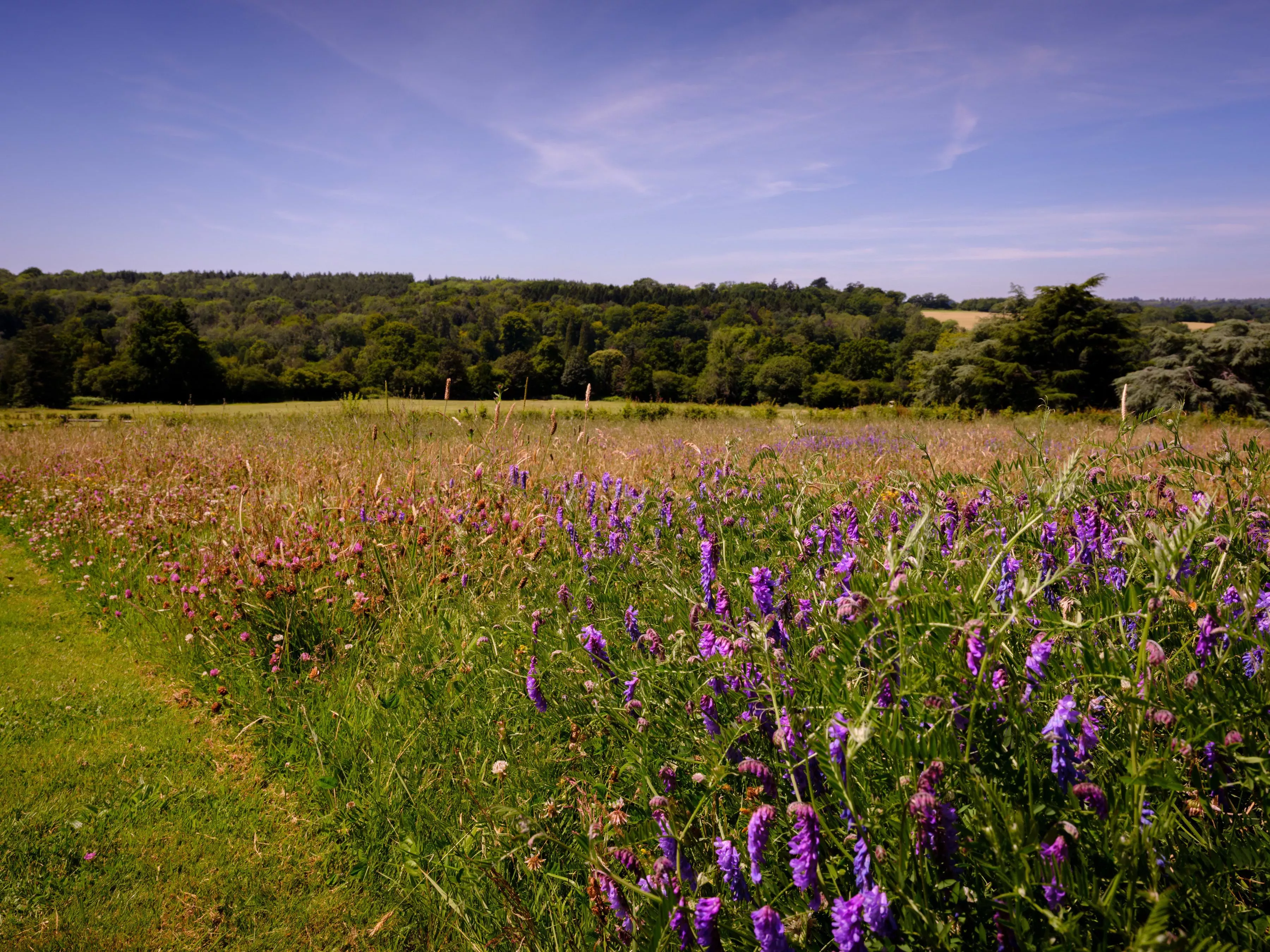
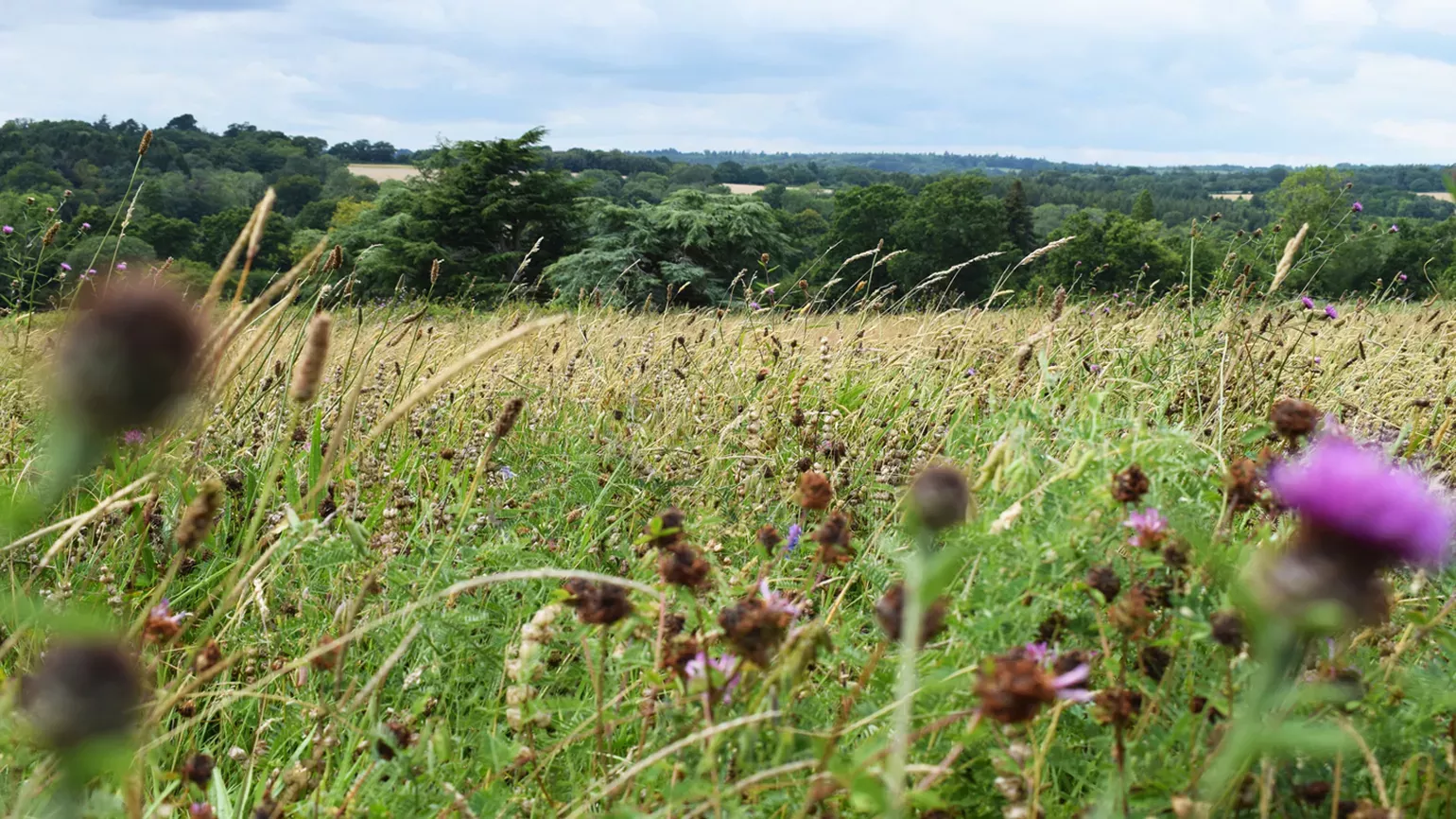
Green roofs
Urban greening projects like green roofs (living roofs) and green walls (living walls) involve establishing vegetation or habitats for wildlife in urban spaces.
By 2050, 90% of the UK population is projected to live in cities. With the help of green roofs, we can make our cities greener, healthier and more climate resilient places to live.
The possibilities seem endless; we could use green roofs to generate clean energy from solar panels, capture and recycle rainwater, and provide habitats for threatened species of wildlife.
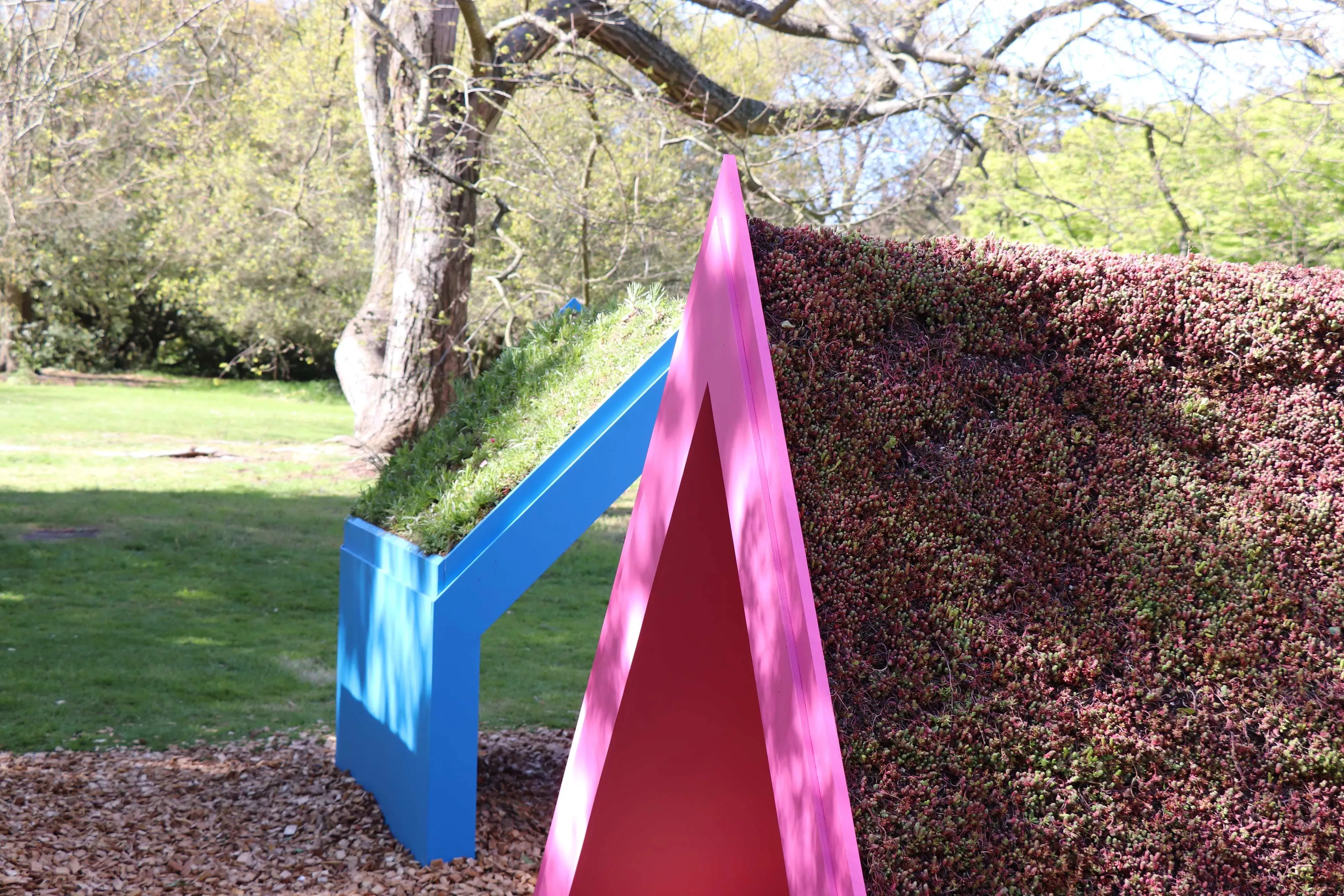
Hedgerows
Hedgerows are the trees or shrubs that line roads, railways and footpaths, and border fields and gardens.
They are one of our most important wildlife habitats, offering shelter to over 600 plant and 1,500 animal species.
Hedgerows also act as wildlife corridors that connect pieces of habitat and enable species to move between them to find food, shelter, or mates.
Did you know? Hedges can be much older than you think. Some are thought to be up to 4,000 years old!
Since the 1940s, thousands of miles of hedgerow have been removed to make room for agricultural practices.
But with a growing realisation that healthy hedgerows are critical to biodiverse landscapes, this habitat is beginning to make a comeback.
Our team at Wakehurst offers training on how to incorporate natural habitats like hedgerows in landscape design.
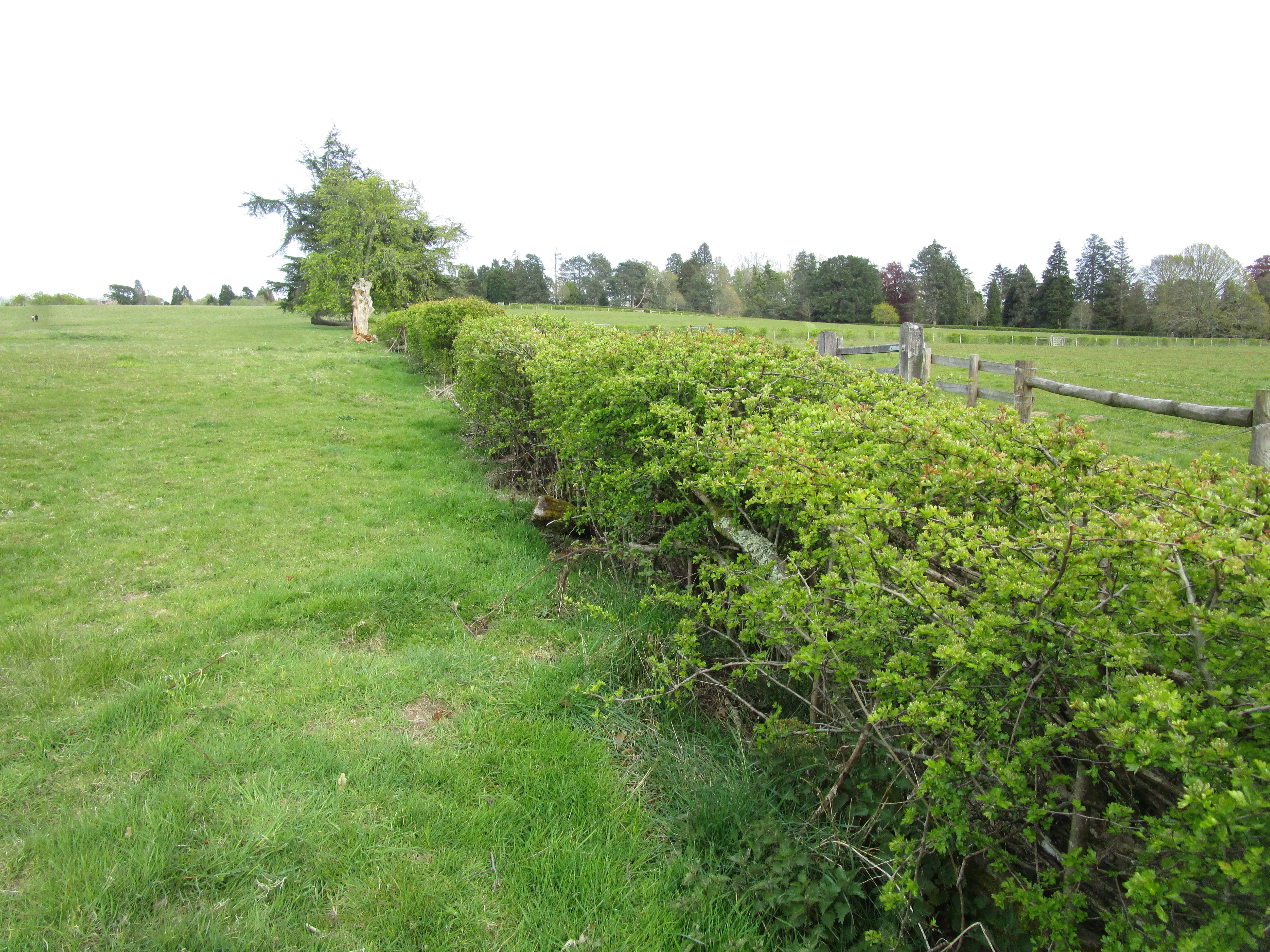
Moorlands
Generally, moorlands are huge, open landscapes in the uplands that are dominated by dwarf shrubs like heather.
Humans began shaping moorlands some 3,000 years ago, when areas of upland forest were cleared to make way for livestock grazing and hunting.
Heathers later came to dominate these landscapes, and today seasonal grazing and regular, controlled burns maintain this habitat.
Far from barren wastelands, moorlands are important ecosystems that provide much of our drinking water, offer a valuable habitat for wildlife, and play an important role in storing carbon and tackling climate change.
But large areas of moorland have been damaged or lost through intensive agricultural use and non-native commercial forestry.
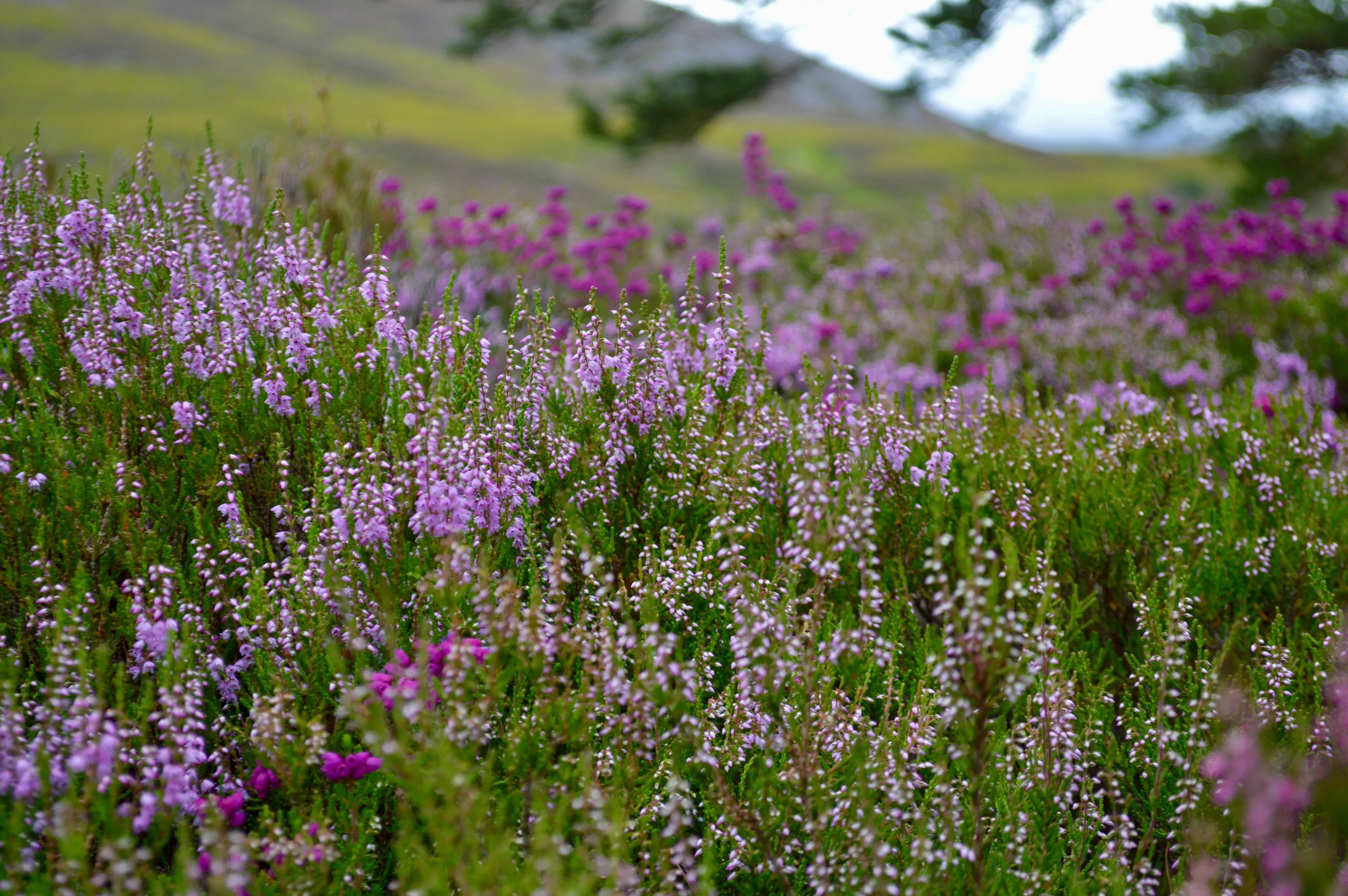
Sand dunes
A sand dune is a habitat that exists beyond the reach of the tides and is formed from sand over many years.
They are ever-changing and moving structures that occur in relatively exposed locations.
Dunes are formed from sand that is blown inland from the beach by onshore winds and is then trapped by debris or plants.
Accumulating sand makes a good habitat for tough, salt-tolerant beach grasses whose strong, horizontal roots stabilise the collected sand, encouraging more to settle.
Over time, sand builds up into dunes and the dune surface begins to stabilise, allowing other grasses, shrubs and lichens to grow.
Sand dunes are threatened by human development and the rising sea levels and fiercer storms that are a result of climate change.
When visiting the seaside, do your bit to help conserve these fragile sand dune habitats by sticking to the path and avoiding unnecessary trampling of plant inhabitants.
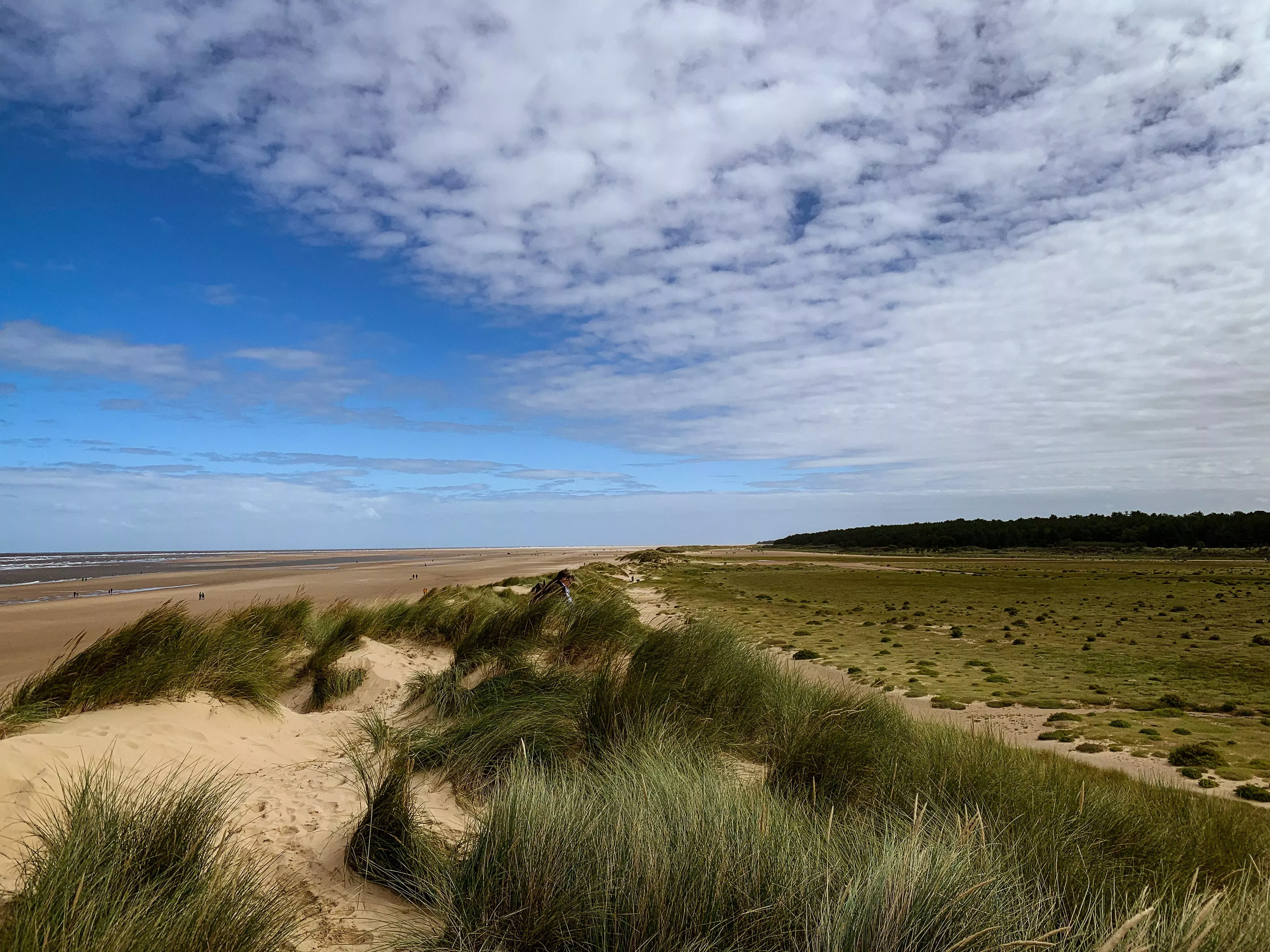
Woodlands
Woodlands are habitats that are dominated by trees.
They store carbon, help reduce flood damage, and offer habitats to many species.
Historically, woodlands were cleared to make room for farming.
Today, development, disease and climate change combine to threaten our remaining woodlands.
Plans are underway to increase the tree cover across the UK.
We created the UK National Tree Seed Project alongside our partners, to bank much of the genetic diversity of the UK’s native trees and safeguard them for the future.
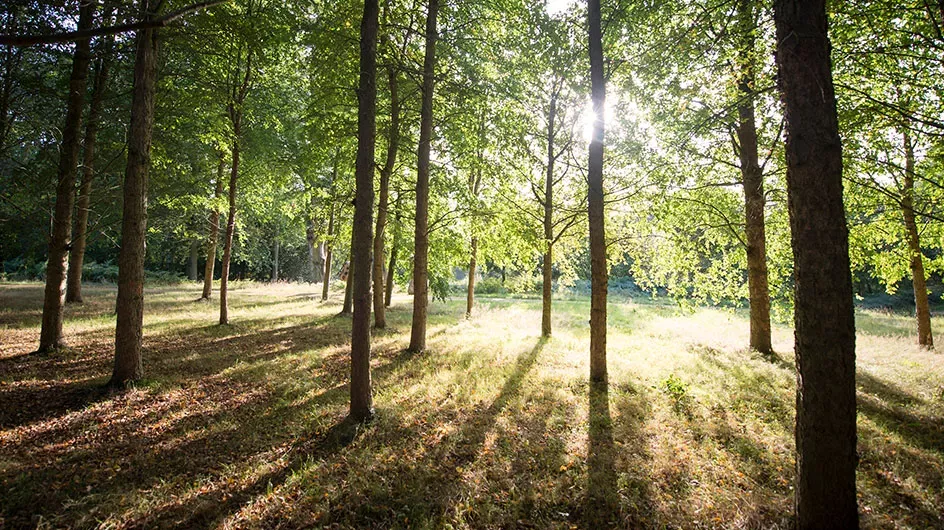
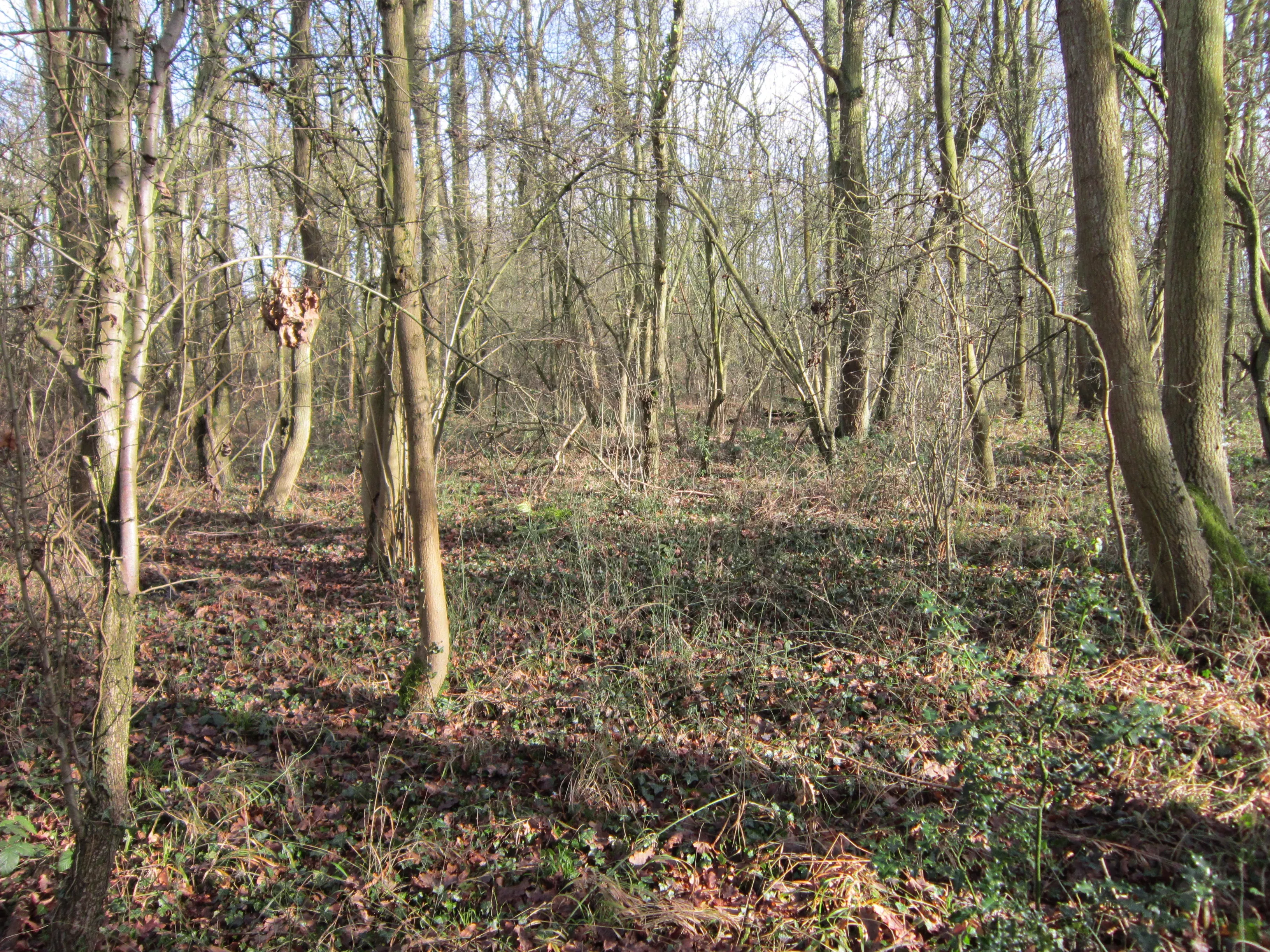
For our wellbeing, and the future of all life on Earth, it is vital we protect these threatened UK habitats, and the plants, fungi, and other wildlife they support, for the future.
Whether you turn your lawn into a wildflower meadow or spend more time in nature getting to know the plants around you, take action to protect biodiversity today.
